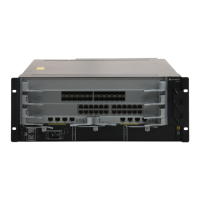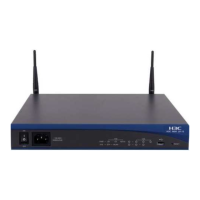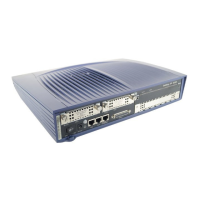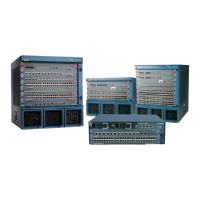9 Telnet and SSH
Quidway NetEngine20/20E
Configuration Guide - Basic Configurations
9-2 Huawei Proprietary and Confidential
Copyright © Huawei Technologies Co., Ltd.
Issue 05 (2010-01-30)
9.1.1 Overview of User Login
To configure, monitor and maintain the local or remote devices, configure the user interface,
the user management and the terminal service.
The user interface provides the login plane. The user management guarantees the login
security and the terminal service provides the login protocol.
The product supports the following login methods:
z
Login through the console port
z
Local or remote login through the AUX port
z
Local or remote login through Telnet or SSH
9.1.2 Telnet Terminal Services
When the number of remote login users reaches to the maximum number of VTY user
interfaces, the system prompts that all user interfaces are in use and you cannot use Telnet to
log in.
Telnet is an application layer protocol in the TCP/IP protocol suite. It provides remote login
and a virtual terminal service through the network.
The router provides the following Telnet services:
z
Telnet server: You can run the Telnet client program on a PC to log in to the router,
configure and manage it.
z
Telnet client: You can run the terminal emulation program or the Telnet client program
on a PC to connect with the router. With the telnet command, you can log in to other
routers to configure and mange them. As shown in Figure 9-1, Router A serves as both
the Telnet server and the Telnet client.
Figure 9-1 Telnet client services
PC
RouterA
RouterB
Telnet Server
Telnet Session 1 Telnet Session 2
z
Interruption of Telnet services
In Telnet connection, you can use two types of shortcut keys to interrupt the connection.
As shown in Figure 9-2 , Router A logs in to Router B through Telnet, and Router B logs
in to Router C through Telnet. Thus, a cascade network is formed. In this case, Router A
is the client of Router B and Router B is the client of Router C. Figure 9-2 illustrates the
usage of the two types of shortcut keys.
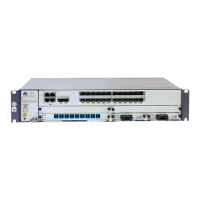
